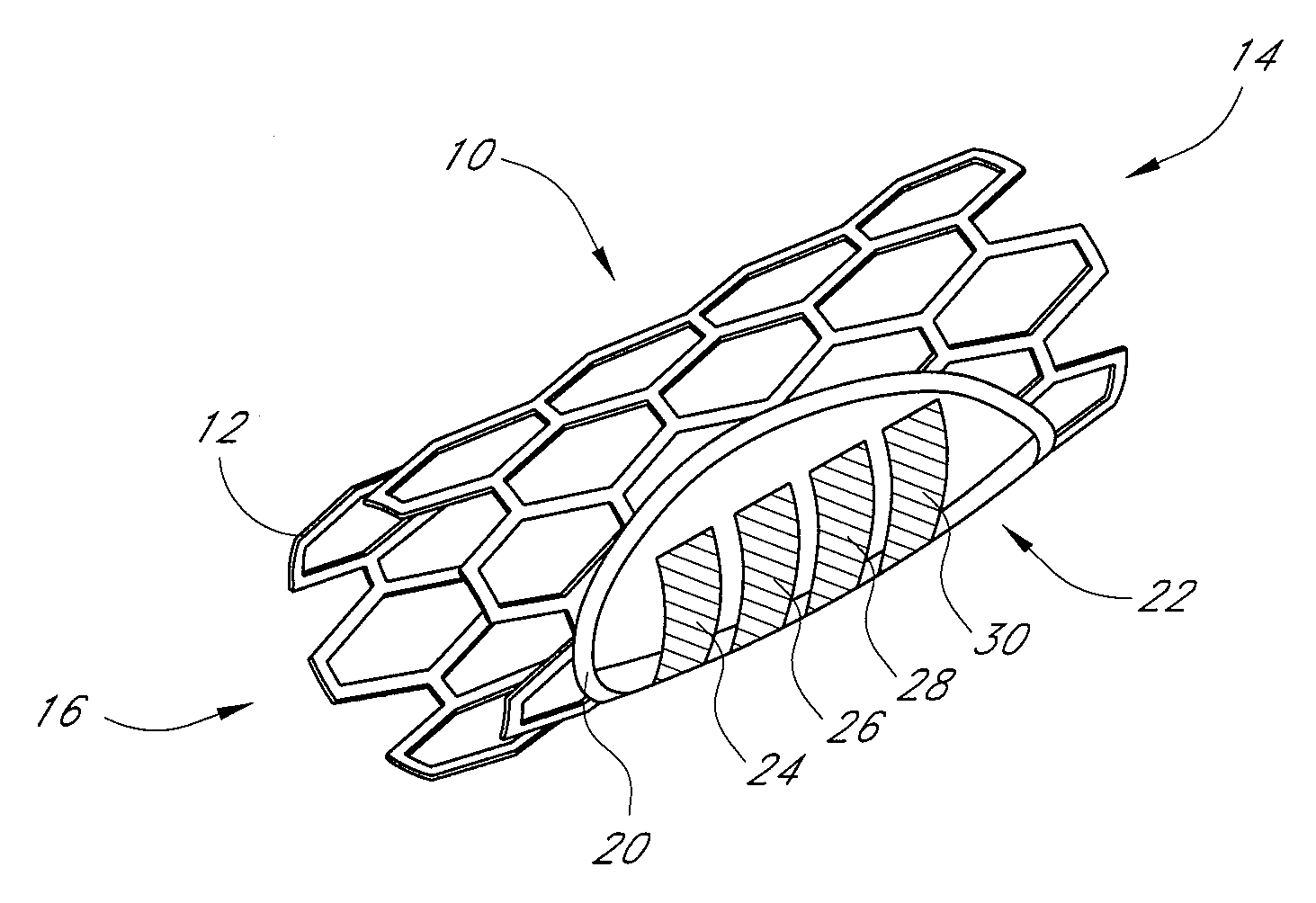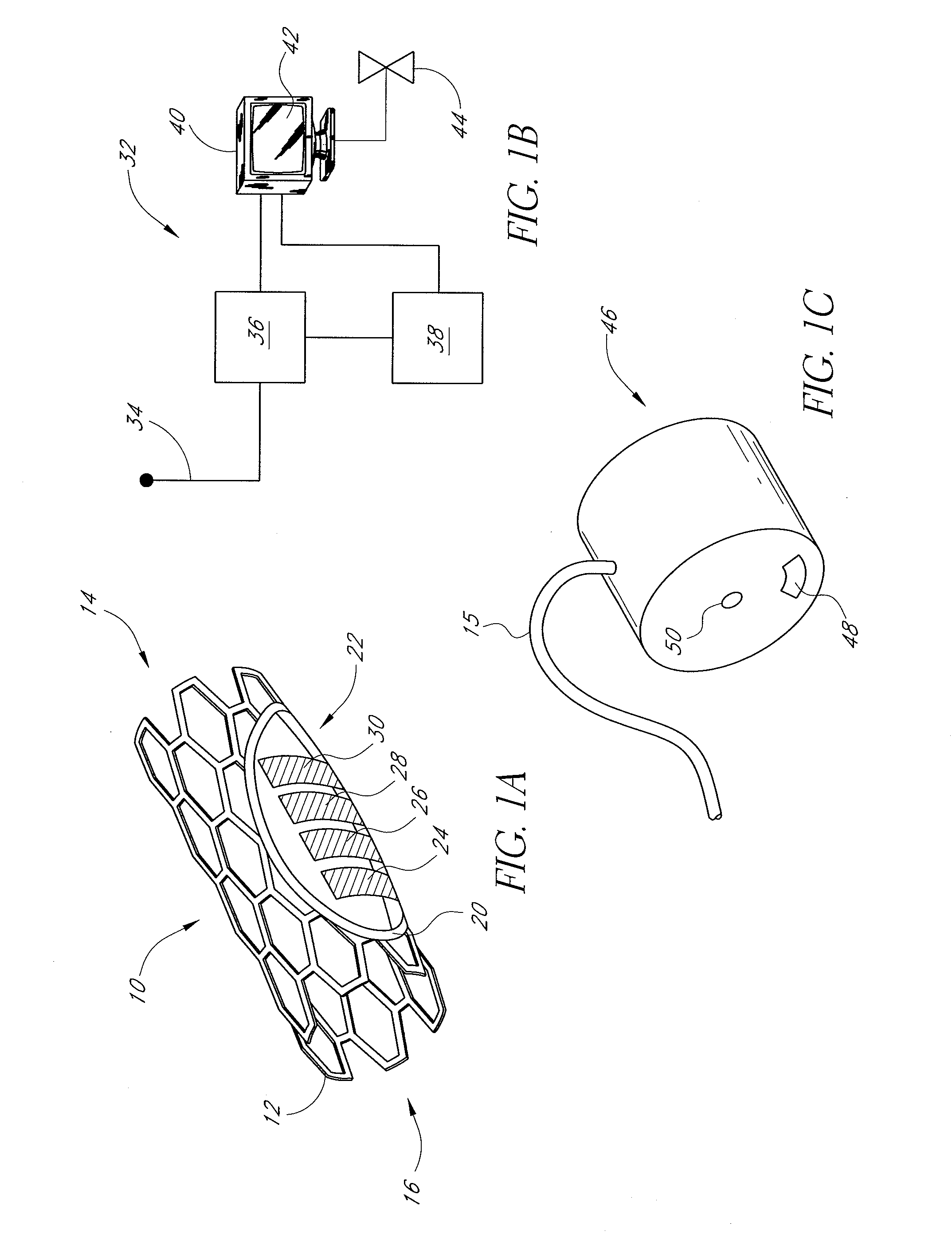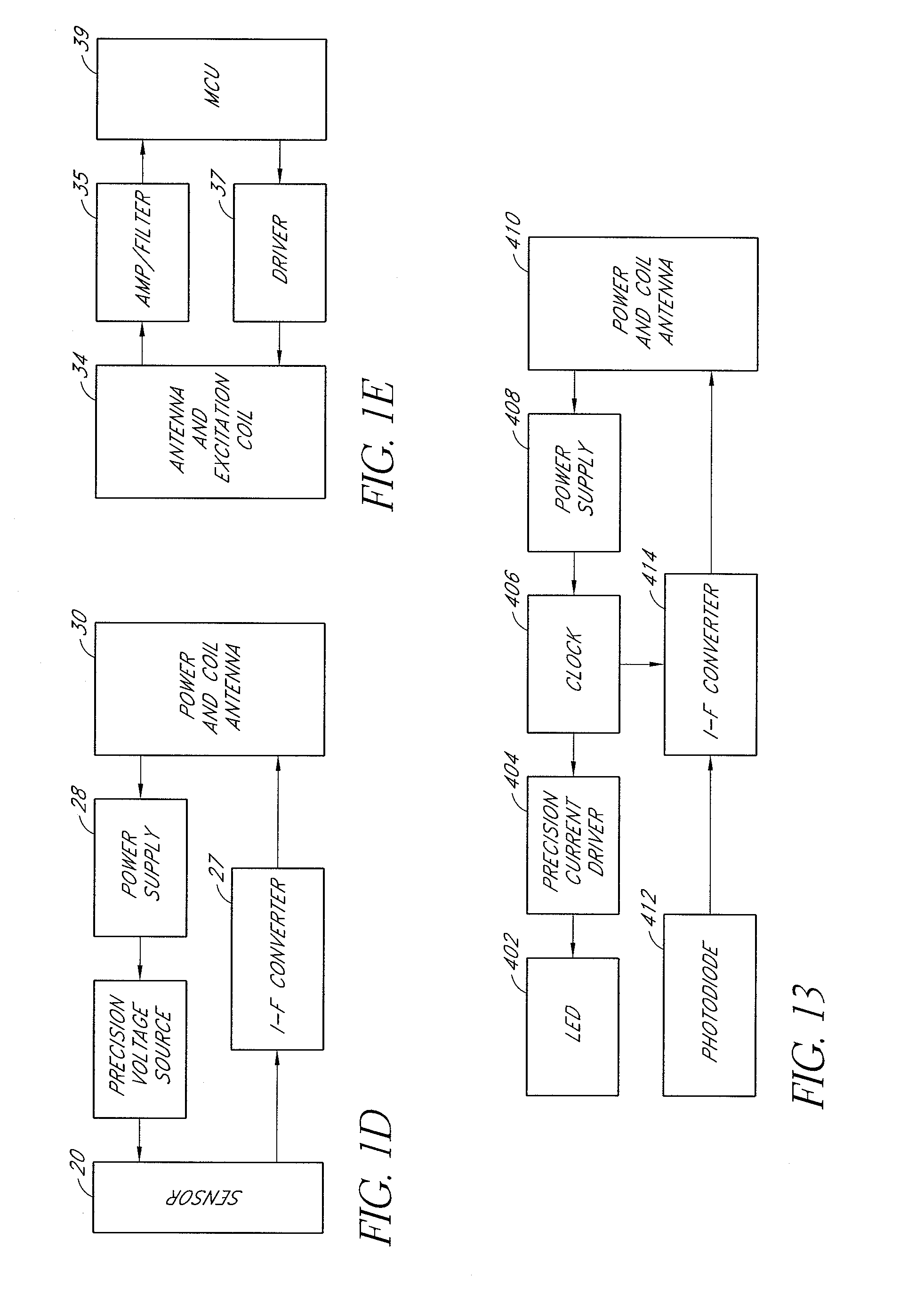Unfortunately, a major difficulty encountered during the trial was that
intensive treatment also resulted in a higher incidence of low blood glucose levels (
hypoglycemia), which was severe enough to result in
coma or death, as compared to patients under conventional medical management.
The major drawback to self-monitoring of glucose is that it is discontinuous and therefore the number of glucose measurements performed is dependent on the motivation of the patient.
There are two main disadvantages to these existing options.
First, sampling even a minimal amount of blood multiple times per day is associated with risks of infection, nerve and
tissue damage, and discomfort to the patients.
These highly overlapping, weakly absorbing bands were initially thought to be too complex for interpretation and too weak for practical application.
However, to date these devices are not particularly accurate even in the normal physiological range.
The
temperature sensitivity of water absorption bands in the glucose-measuring region can be a significant source of error in clinical assays.
In addition, the devices can also be affected by individual variations between patients at the
measurement site.
Skin location, temperature and tissue structure may affect the results, and decrease the accuracy of the reading.
However, factors relating to diet and exercise can affect glucose levels in these fluids.
The
lag time between blood and excreted fluid glucose concentrations can be large enough to render such measurements inaccurate.
Failure to respond can result in loss of
consciousness and in extreme cases convulsive seizures.
At present, none of them meets the selectivity requirements to sense and accurately measure glucose in real physiological fluids.
There is a widely recognized time
delay between glucose changes in
venous blood, and subcutaneous glucose changes.
Longer
time delays can cause the controller to become unstable, potentially creating life-threatening issues for the patient, such as delivery of extra
insulin when blood glucose levels are falling rapidly.
Despite the foregoing and other efforts in the art, a suitable continuous in dwelling glucose sensor has not yet been developed.
If the object is a blood glucose sensor, it will no longer be in intimate contact with body fluids, and the
signal will drift and stability will be lost.
Unfortunately, these devices are not always accurate in cases such as shock,
hypothermia, or during the use of vasopressors.
Further, pulse-oximetry does not measure
oxygen tension.
However, it is an on-demand
system, not a continuous one, so the frequency of sampling is once again dependent upon the physician or nurse.
However, the consistency and reliability of these IABG monitors have not been clinically acceptable because of problems associated with the intra-arterial environment.
Measurements cannot be made easily in an
ambulatory setting, or under conditions of cardiac loading, such as exercise.
However, in this study, 12 out of 21
oxygen sensors failed within the first 6 months of implantation.
A fibrinous
coating covered one of the sensors, and it was believed that this was responsible for sensor failure.
In addition, surgical implantation of this pacemaker-style device requires a 2-3 hour procedure in the operating room, which is more costly than a
catheterization procedure to insert a
pressure sensor.
However, due to the change in composition and thickness of the biological material present on the sensor surface, the boundary conditions at the sensor may change over time.
Thus, such a sensor may require periodic re-calibration.
Unfortunately, the re-calibration process requires an invasive
cardiac catheterization procedure, in which flow rates are determined using
ultrasound, thermodilution, or the Fick method.
However, no mention is made of the difficulty with sensor
fouling due to
thrombus formation, or how to compensate for that.
Therefore, standard thermodilution methods are less desirable than the current invention.
In addition, it is impractical to use the sensor in the standard method, i.e., by locally cooling the blood, because chilling units are impractically large for implantation as a sensor.
Further, thermodilution methods would be inaccurate if the
thermocouple or sensing element was covered by a relatively thick layer of cells.
Larger temperature rises (>2.5° C.) would cause local
tissue damage.
However, if treatment is delayed, then the damage becomes worse.
Unfortunately, symptoms of
stroke are not widely recognized, and significant delays in treatment are introduced by the failure to recognize the problem.
The risk of
stroke during or shortly after these procedures is about 5%.
Current stroke
monitoring methods provide responses that are generally too slow to allow tissue rescue to be performed by the physician.
Currently, one method of
perioperative stroke monitoring, somatostatic excitatory potentials (SSEP) is rather slow, and often does not provide physicians with sufficient warning to alter patient outcomes.
However, this does not detect stroke directly.
Unfortunately, there are a number of problems associated with simple
catheter-sensor combinations, as discussed for the intra-
arterial blood gas sensors that have been investigated clinically (C. K Mahutte, “On-line
Arterial Blood Gas Analysis with Optodes: Current Status,” Clin.
In addition,
signal variation due to
catheter movement is also a potential problem.
Other challenges with the measurement of
nitric oxide in vivo include its low concentration (in the nanomolar range), and its short half-life (3-5 sec).
Nitric oxide electrodes are also sensitive to variations in flow rate and temperature, further complicating the measurement of NO in blood.
However,
nitrite (NO2), one of the metabolic products of
nitric oxide, also has a relatively short half-life of about 10 minutes in blood.
Variable background
contamination of water and laboratory supplies are known to be issues in the measurement of nitrites and nitrates.
“Considering the frequent need to measure NO in the nanomolar range when dealing with biological samples, the
nitrite contamination found in
tap water is highly problematic.
“Use of
ultrafiltration units to remove
protein from
plasma is a cause of heavy contamination that persists to a certain degree even after several washes with pure water.” (Takaharu Ishibashi, Junko Yoshida, and Matomo Nishio, “New Methods to Evaluate Endothelial Function: A Search for a Marker of
Nitric Oxide (NO)
In Vivo: Re-evaluation of
NOx in
Plasma and Red Blood Cells and a Trial to Detect Nitrosothiols” J Pharmacol Sci 93, 409-416 (2003).)
In addition, the time
delay imposed by
ultrafiltration of samples means that measurement of nitric
oxide itself from a sample is unlikely.
 Login to View More
Login to View More  Login to View More
Login to View More 


